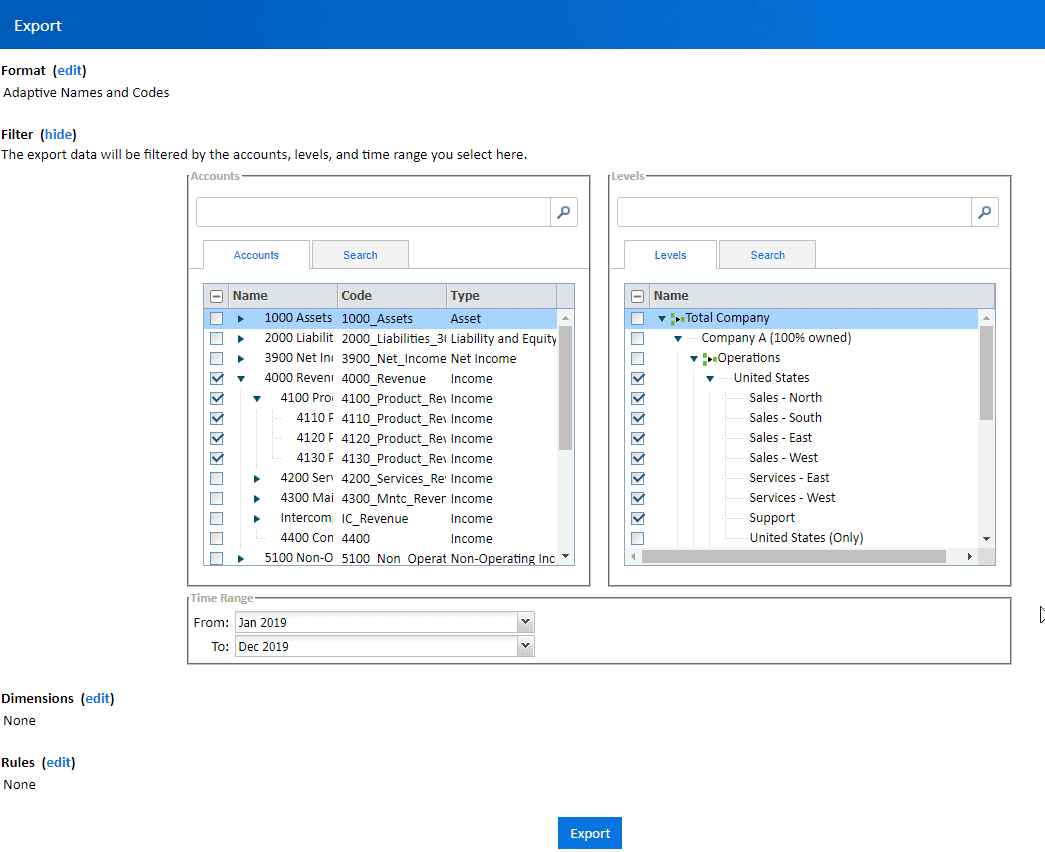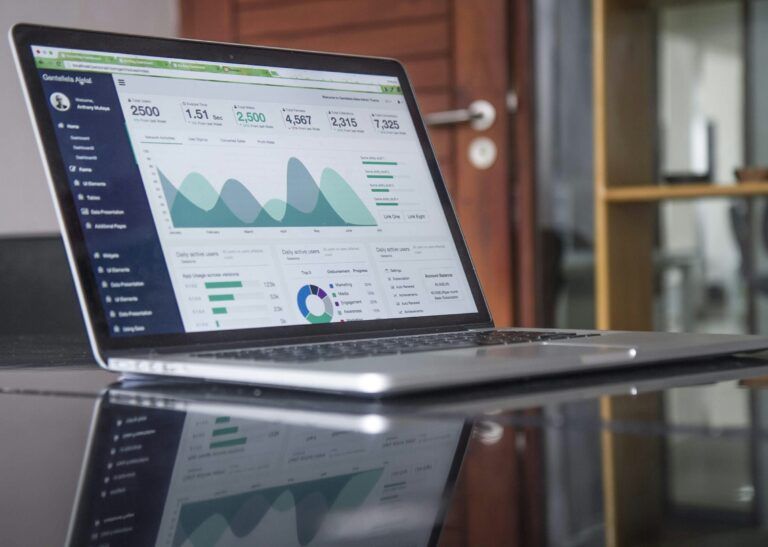Occasionally, you might find the need to export data out of Workday Adaptive Planning. There are a few ways to do this, so we will guide you through the best ways to ensure you're using best practice methods.
Watch the video or continue reading below.
PLEASE NOTE: Since this video was made, there have been updates to how this works in Workday Adaptive Planning. It is stated that we need to select manually all child one by one. This is not the case as of now. The article below has been updated to reflect how this currently works as of November 2025.
2 Simple ways to export data out of Workday Adaptive Planning
The first option of Integration > Manual Export is well known to most users. However, there are certain limitations to it. This brings us to a lesser known alternative – the “Matrix Report” – that is worth understanding. We explain why and how to do these.
Option 1: Integration > Manual Export > Export Data
You can use Integration > Manual Export > Export Data to export account values from the currently-selected version into a .csv file which can be opened in Excel. It is in many ways similar to a download or printable view of a standard sheet. This allows you to export all specified accounts and their values.

For detailed instructions on how to export in this way, check out the Adaptive Planning Knowledge base.
Option 2: Matrix Report
You can also create a Matrix Report to export data. I will explain this in more detail below.
How to use Integration > Manual Export > Export Data
Other technical options: Custom Cloud Loader and API calls
There are 2 other options which requires technical knowledge of how to write a JavaScript. Custom Cloud Loader enables a customised data table to be exported out, whereas export Data API retrieves data directly from Adaptive.
For detailed documentation regarding Custom Cloud Loader, visit the Adaptive Planning Knowledge base.
For detailed documentation regarding export Data API, visit the Adaptive Planning Knowledge base.
Export via Option 1: Integration > Manual Export > Export Data
To export your data, choose from the four sets of options, and select Export.

While it is a quick, easy method, there are some general complaints about it:
- Not possible to bring in Attributes to be exported out naturally.
- Filtering the data specific to what it is trying to export is hard
- There is no option to save favourite export selections/settings
- The export data layout option is not flexible
Export via Option 2: Matrix Report
To overcome the limitations of the above method of exporting data, the better option is to use a Matrix Report.
Here are the steps for creating a Matrix Report to export data out of Workday Adaptive Planning:
- Go to Report and create a new Matrix report
- Bring in account and display as “Always expended”
- Bring in levels and display as “Always expended”
- Bring in time for selecting period
- Bring in version for selecting version
- Set the settings in Report Properties
- Optional: filter by level attribute
- Optional: filter by account attribute
- Save the report to be used again in the future
These are some key points to note regarding the above steps:
- Set Manage Hierarchy of the report elements (Ie, Accounts and Levels) as “Always expanded” to include children elements


Within Report Properties, these are some important settings to note when exporting data to Excel.

Add in Parameters to choose or filter exporting data.

Set Parameters settings to “Prompt before viewing”

Add “Level Attributes” or “Account Attributes” as extra filters if the selection of data is complicated.
Remember to save the report so that it can be used again in the future.
Related Articles


How to create dynamic web reports in Workday Adaptive Planning
Here are ways users can build and structure web reports in Workday Adaptive Planning. The main concepts covered are Rolling 12 month reports, Timespan reports, and Previous Month YTD reports.

How to use Workday Adaptive Planning OfficeConnect in Word and PowerPoint
Learn how to enhance reporting workflows by integrating OfficeConnect with Microsoft Word and PowerPoint – especially useful when recurring reports like monthly executive summaries or board presentations.





